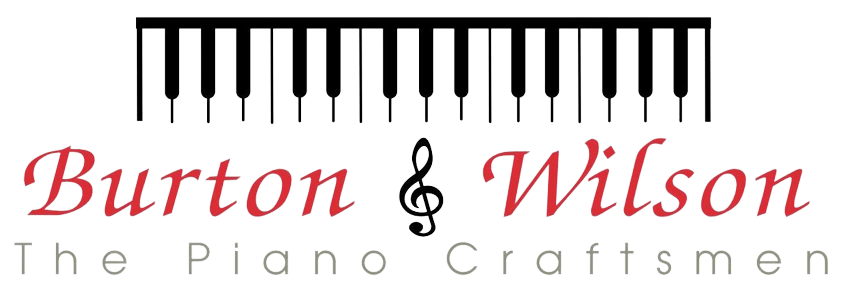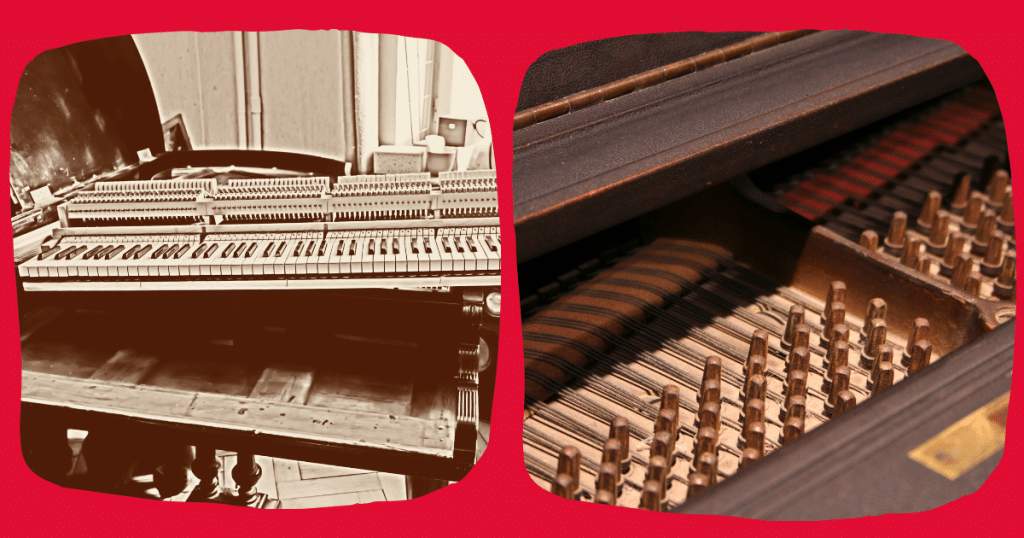For many piano owners, keeping an antique or family heirloom piano as is or restoring it to its original splendor is necessary.
At Burton and Walison, we speak to lots of our customers regarding their many restoration options to make an older piano appear brand new. However, we review the various aspects of piano restoration before committing to an entire restoration project.
We’ve assembled an inventory of the most significant and frequently ignored considerations we provide our clients when they conduct their research. Continue reading this article.
What Is The Term “Piano Restoration”?
The piano restoration process consists of fixing and restoring damaged or old pianos. It can range from fixing broken keys and tuning pins to painting the exterior of musical instruments. It’s usually a delicate procedure since it’s essential to be cautious not to harm the current structure or the tone of the piano.
What Kinds Of Pianos Can Be Repaired?
Nearly any piano can be restored, from upright pianos to digital pianos. However, the degree of restoration can differ according to the brand and the model. For instance, an upright piano might require more repair than a digital one.
What Happens To A Piano When It Ages?
Most piano makers advise tuning your instrument four times during the first year of its creation and then twice per year following that. The reason behind this is that when a piano is new. The strings stretch out, and the woods become softer, which causes the instrument to drop pitch faster when it is unique.
If a piano is not regularly moved, it will remain in tune for one year based on the circumstances of the location.
Other factors can affect an instrument throughout years and even decades. Leathers and Felts make the piano compact. Causing the components to eventually go out of sync with how they were designed originally. This is referred to as a problem of regulation.
You can identify that a piano requires regulation by feeling more sluggish and less responsive over the keyboard’s range. The keys become wobbly, and the piano’s action gets louder. It is possible to experience broken strings or bass strings that sound thumpy because the copper is losing resonance.
Pinblocks may dry out, which can result in broken tuning pins. In most cases, the case will be covered in many scratches or faded by this stage.
Why Should You Restore An Old Or Grand Piano?
One might decide to repair an old or grand piano for many reasons. Perhaps they acquired the instrument from a family member and wished to keep it in their families.
Maybe they’re enthusiastic about the field of pianos and would like to ensure that this musical treasure is preserved for the next generation. Maybe they enjoy playing with their instruments and view the piano restoration as a fun task!
Whatever your motivation, restoring an old grand piano has many advantages. The restored pianos usually have superior tone and sound quality than their original counterparts.
They can be a valuable addition to the house and increase its appeal to the eye. Restoring an old or grand piano can be an excellent way to preserve the instrument’s history.
Restoring A Piano Can Add 50 To 70 Years Of Longevity
While it may be difficult to determine, the extra years of existence that a piano can gain from being restored to a new state can be anywhere from 50 to 70 years.
A piano’s “life” of the piano is the overall state of sound quality. The interior and exterior components that affect its ability to play. The life of a piano varies according to its use. But having 50-70 years of quality and playability is an investment that will keep a cherished, hand-crafted piano in good condition.
Furthermore, a brand-new piano is worth less than the value of a brand-new car. Pianos that have been restored last longer than brand-new ones.
Pianos Can Be Repaired To Get A Custom Appearance
Many people need to learn that they can choose from a range of stain colours and finishes for the refinishing portion of this process.
At Burton and Walison Paino, we have an experienced designer who assists our customers in creating the stain they want. We can change the appearance of a piano from a natural wood finish with a matte look to a high-gloss finish. For instance, take a look at the images below.
What Are Some Other Suggestions To Safeguard The Piano?
Here are some other ways of piano restoration from harm after it’s been restored:
- Store it in a climate-controlled area. Extreme temperatures could cause the wood in an instrument to contract or expand, resulting in damage.
- Use covers for pianos: A high-quality baby, digital, or grand piano case will shield the piano from dust, dirt, and other particles.
- Keep it out of the reach of pets and children. Pets and children may be interested in pianos and could accidentally harm them.
- Maintain and tune it regularly. A piano that’s regularly maintained and tuned can last for a longer time.
Last Thoughts
If you’re interested in repairing an instrument, you must speak with a professional like us specializing in piano restoration to receive professional guidance. They’ll know the work required and what it will cost.

